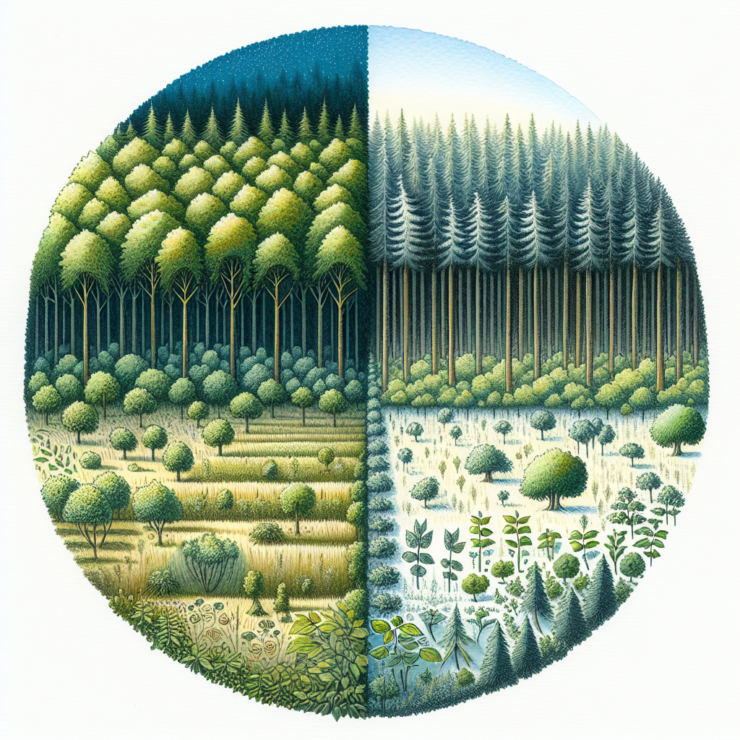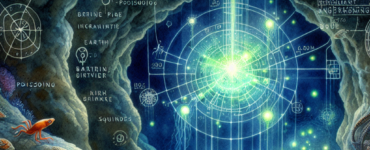Have you ever wondered whether we should leave nature to heal itself? This question is central to the debate over rewilding—an approach to ecosystem restoration that seeks to return landscapes to their natural state.
What Is Rewilding?
Rewilding involves removing human influences from ecosystems so that nature can take its course. Supporters say it can restore biodiversity, mitigate climate change, and create more resilient environments. For example, in the Yellowstone National Park, the reintroduction of wolves altered the ecosystem dramatically, showing how powerful natural processes can be.1
The Case for Minimal Intervention
Supporters of minimal human intervention believe ecosystems have evolved over millions of years and can self-regulate. They argue that human hands can disrupt this balance. Moreover, natural processes like predation, weather patterns, and seed dispersal can restore ecosystems effectively if given time.3
Think of it like a healing wound. If you keep touching it, it might get worse. But if you leave it alone, it can form a scab and eventually heal.
The Argument for Active Intervention
One of the main problems with rewilding is the uncertainty about reintroducing species to an area. We don’t always know what the effects will be, even if the species used to live there.4
On the other hand, some experts argue that human activity has caused so much damage that ecosystems cannot recover on their own. They believe activities like planting native species, removing invasive ones, and monitoring wildlife are essential. For instance, the Eden Project in the UK focuses on controlled rewilding, actively supporting the growth of native plants and animals.
Consider a garden analogy: a garden left entirely to itself may become overrun with weeds. However, a gardener who occasionally removes weeds, flowers, and water plants can help it flourish.
A Balanced Approach?
Perhaps the answer lies within a balanced approach. Some ecosystems might benefit from a hands-off strategy, while others might need human help initially. This way, we respect nature’s ability to heal and acknowledge the damage we’ve caused.5
As you consider rewilding, remember that small actions can lead to big changes. We can support local conservation projects or learn about natural ecosystems.
The heart of change often lies in understanding, not just acting. So, please take a moment to think about how we can best help our planet heal. Would you lend a hand or let nature do the work? The choice is in our hands, guided by nature’s wisdom.
- https://rewildingeurope.com/what-is-rewilding/ [↩]
- https://www.sciencedirect.com/science/article/pii/S2590332220306047 [↩]
- https://rewilding.org/what-is-rewilding/ [↩]
- https://greenly.earth/en-gb/blog/ecology-news/the-arguments-for-and-against-rewilding [↩]
- https://www.mossy.earth/rewilding-knowledge/rewilding-vs-conservation [↩]





































Add comment